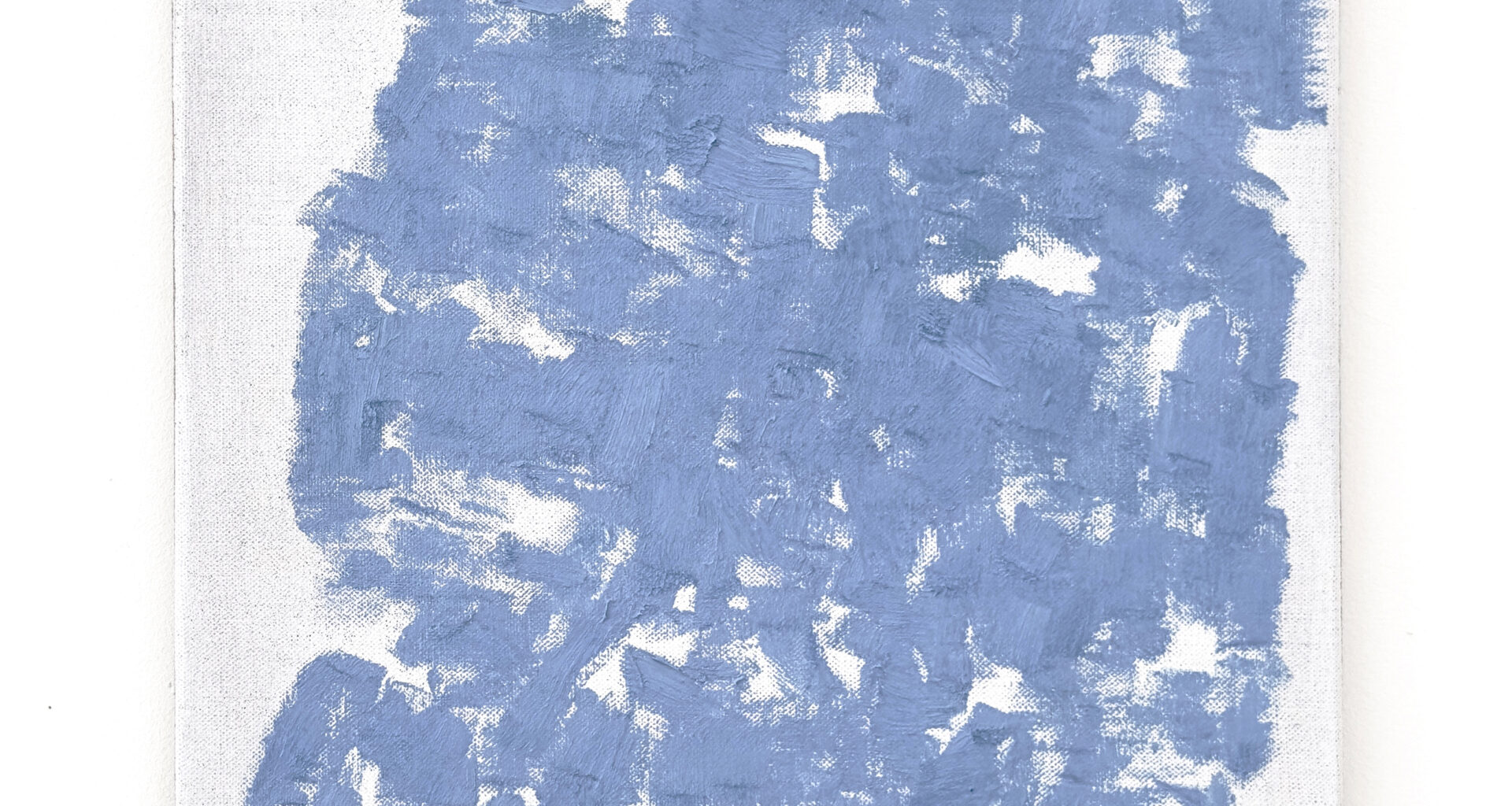Pink Dust
Peter Blum Gallery
September 2–November 1, 2025
New York
In 1949, Barnett Newman, musing on his experience of the two-thousand-year-old Native American mounds in southwest Ohio, recalled how they led to a shift in his thinking about the history of art. Looking out from among the mounds, he realized that space, in painting and in experience, is “common property … the given fact of art.” Half a century later, the composer John Luther Adams, seeking an aural analogue for the stillness and quietude of the Alaskan tundra, dispensed with melody and began writing music comprised of droning strings and rumbling percussion, shifting clouds of tone and texture devoid of narrative or figuration. Like Newman, Adams recognized that to capture the sensation of a place, the artist must clear the way for one’s experience of time. “Only time is personal,” Newman wrote. Only time is “a private experience.”
One of the most striking things about my experience of the paintings in John Zurier’s exhibition Pink Dust, currently on view at Peter Blum Gallery, was the protraction of time they evoked. The surfaces of his paintings pulse and breathe, slowing the pace of our perception. Part of their exceptional quality inheres in the balancing of aspects that are more readily felt than seen—the calibration of color and quantity, the internal scale of the paintings, the proportion of Zurier’s brush marks relative to the size of the picture. How else to account for the convincingness of a painting as inscrutable and economical as Untouchable Wind (2025)?
Light is a central quality of Zurier’s paintings, and much of the variability in the works’ appearance emerges from the techniques with which it is depicted. In the nearly monochromatic Dust and Air (2024), modulations in the accumulation of pigment register as contrasts in the saturation of light, shifting gradually and subtly, like clouds of varying densities passing before the sun. The wisps of light in Kjarval and An Evening in March (both 2025) call to mind the distant glow of moonlight seen through a dense forest’s canopy of trees. To the extent that these paintings capture atmosphere, they convey its all-encompassing ambience, the holistic experience of being immersed and absorbed by an environment. Zurier’s paintings are more like equivalents of weather or atmosphere than images of them. They do not picture transient moments but reflect the passage of time—the labor of Zurier’s establishing and covering the surface, and the attendant extension of our perception.

